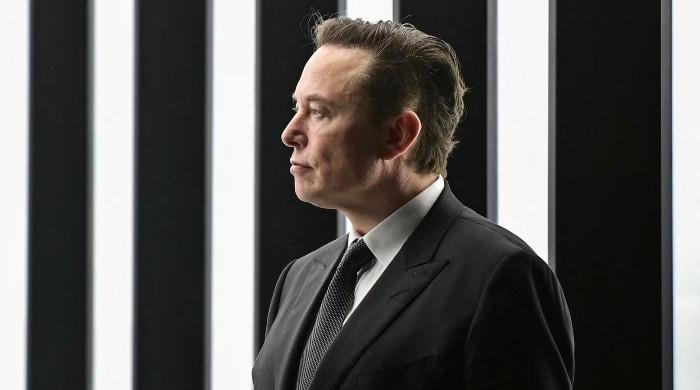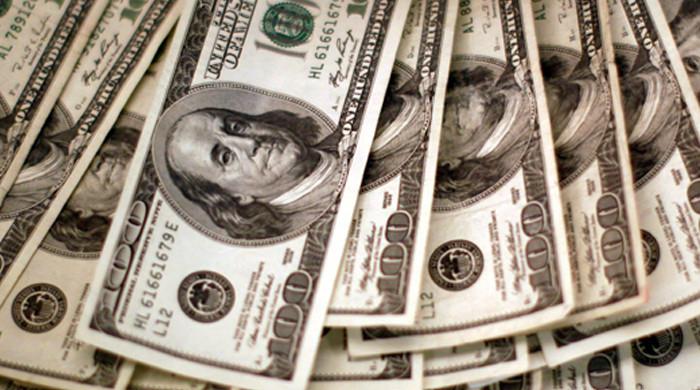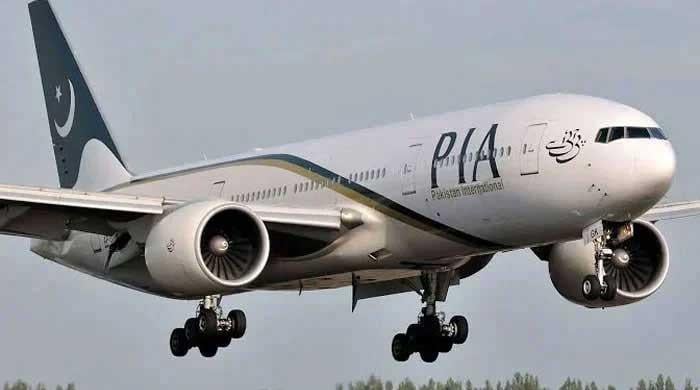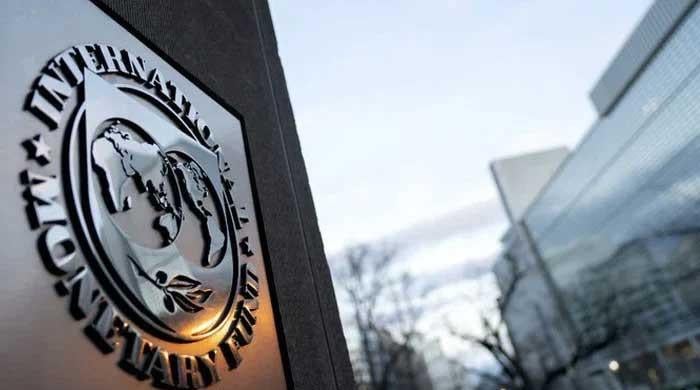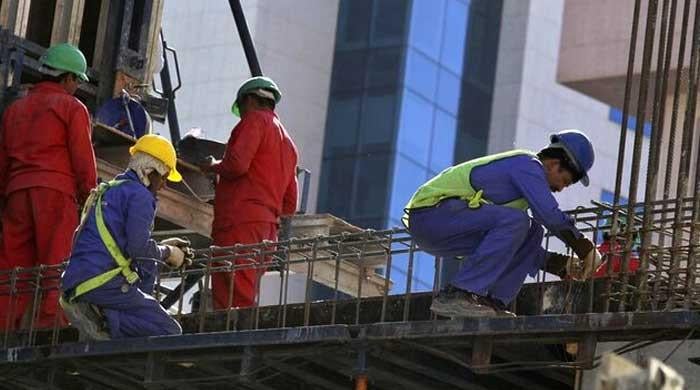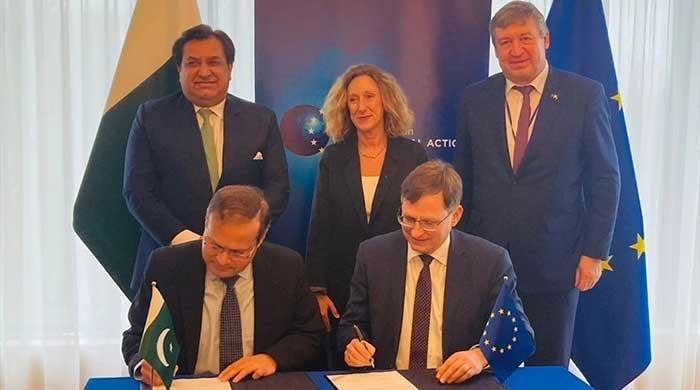Pakistan Stock Exchange declared Asia’s best market
Most recent report of the Indian edition of Quartz revealed that Pakistan has beaten major Asian economies this year in stock market performance
July 22, 2016
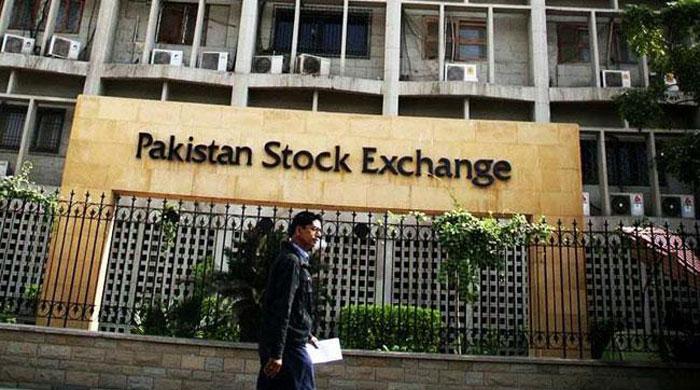
LAHORE: Although decades of internal political disputes and low levels of foreign investment have led to slow growth and underdevelopment in Pakistan — which has a nominal GDP of $270 billion and a per capita income of $5,000 — the embattled country has succeeded in attracting very positive reviews between January and July 2016 from numerous Western media houses, the World Bank and the globally-acclaimed credit rating agencies like Moody’s, etc.
For example, the most recent July 20, 2016 report of the Indian edition of Quartz, a digital global business news publication, which was initially sponsored by internationally known firms like Messrs Credit Suisse, Boeing, Chevron and Cadillac, etc, has revealed that Pakistan has beaten major Asian economies this year in stock market performance as the country’s benchmark equity index, the KSE 100, has been the fifth best performing throughout the world.
Quartz India, which is viewed by over half a million unique visitors every month, has stated: “The Brazil, Russia, India, China and South Africa (BRICS) grouping is passe and the top emerging markets are losing sheen. The British exit (Brexit) has battered stocks the world over and currencies across economies are weakening. In times like these, guess what’s working for the global equity markets? Pakistan. The South Asian nation, mostly in the news for terrorism and political violence, has beaten major Asian economies this year in stock market performance. In 2016, Pakistan’s benchmark equity index, the KSE 100, has been one of Asia’s best performing. In fact, it is the fifth-best performing stock index globally. Bloomberg even referred to Pakistan as an Asian ‘tiger,’ in a report.”
The eminent media outlet, which is run by 175 staffers pulled from prominent journalism brands like Bloomberg, the New York Times, the Economist and the Wall Street Journal, etc, has added: “The Karachi Stock Exchange (KSE) — also known as the Pakistan Stock Exchange—has stood out in recent years, despite a troubled political and security environment. But not all its listed companies are traded on it — in fact, less than a fourth were actively traded in 2014. Nonetheless, improving political and financial stability is helping revive Pakistan’s stock markets. There’s also been some support from a 2012 government amnesty programme, which allowed investors to pour money into shares until June 2014 without their source of funds being questioned. This doubled the average traded volume on the KSE.”
Quartz has maintained: “Launched in 1988, the Morgan Stanley Capital International (MSCI) emerging markets index first included Pakistan in 1994. In 2002, the KSE was shut down due to a stock market crash. Six years later, in 2008, it was temporarily closed following the global financial crisis. Faced with such shutdowns, MSCI dropped Pakistan out of the emerging markets index till this year. Over time, investors have regained confidence in the country’s equity markets. Investment in infrastructure, coupled with aggressive government spending, is making Pakistani markets attractive to investors. Further stability in politics will only help. Meanwhile, the Chinese have announced large investments in the country. When China’s $46-billion investment to build a China-Pakistan Economic Corridor actually happens, it will boost trade and make critical infrastructure, such as power, easily available to individuals and industries alike.”
An April 27, 2016 report of the Moody’s Corporation, which had reported revenue of $3.5 billion in 2015 and employs approximately 10,800 people in 36 countries, had said: “Pakistan’s B3 issuer rating balances strengthening growth and progress on structural reforms against a relatively high government debt burden and political risks. Moody’s assessment of Pakistan’s “Moderate” economic strength encompasses the sovereign’s very low per capita incomes and the large size of its economy. Economic output, previously anemic, has picked up over recent years and is now rising at a relatively healthy pace. GDP growth has edged up to average 4.1 per cent year-on-year since FY2014, from 3.4 per cent between FY2010-13. The implementation of the China-Pakistan Economic Corridor will likely support activity further, and in concert with energy sector reforms will improve the operating environment for investment.”
The US credit rating agency had held: “Moody’s assessment of institutional strength as Very Low reflects Pakistan’s weak but improving rankings on governance survey indices, specifically the World Bank’s Worldwide Governance Indicators. It also takes into account the central bank’s management of inflation and monetary policy, and progress on reforms under the ongoing IMF programme. Moody’s ‘Very Low (-)’ assessment of Pakistan’s fiscal strength reflects the country’s moderately large debt burden and weak revenue base, which lower debt affordability relative to peers. The share of foreign currency debt to total general government debt has considerably declined in the last five years. But such borrowing still comprises about a third of total public debt, leaving government finances exposed in the event of exchange rate depreciation or financial market volatility.”
The report had observed: “Moody’s assessment of Pakistan’s vulnerability to event risks as High is driven by political risks, both domestic and geopolitical. The government’s relatively large annual borrowing needs, in particular owing to large rollover requirements, are also a constraint. However, recent efforts to lengthen the maturities of domestic debt will likely contain these risks in the future. At the same time, modest external financing needs limit external vulnerability risks.”
Meanwhile, a July 14, 2016 report of a renowned American media house Bloomberg had termed the Pakistan Stock Exchange (PSX) the best of the Asian markets.The Bloomberg report had contended: “Pakistan has regained the ‘tiger’ status in the region with 15 per cent rise and increasing rate of annual growth.”
The report had stated that the Pakistani economy was moving ahead to even stronger points with stable output. Bloomberg had further noted: “Reforms in the privatisation programme and better relations with the International Monetary Fund (IMF) have strengthened Pakistan’s economy.” According to the report, inclusion of Pakistan in countries with emerging markets status will increase foreign investment significantly. “Meanwhile, foreign investors are looking at the rewarding outlook in Pakistan after Chinese investment of $46 billion under the CPEC project.”
The American media house had said that transnational investors were considering Pakistan the best market for gains after reduced performance of the Chinese economy and interest rates in the United States.
The report had read: “Pakistan was downgraded to frontier status in December 2008, four months after the Karachi Stock Exchange imposed a rule that caused near total paralysis of market activity for more than three months. The Morgan Stanley Capital International’s Frontier Markets Index currently features 16 Pakistani companies that make up about 9 per cent of the gauge. The Karachi Stock Exchange KSE-100 Index has gained 15 per cent this year, making it the best performer in Asia. Prime Minister Nawaz Sharif averted an external payments crisis in 2013 through a loan programme of the IMF and is dedicated to boosting economy to its fastest pace of the decade,” according to the report.
Last but not the least, in February 10, 2016, the World Bank President Jim Yong Kim had opined that Pakistan was on the path of increased economic growth and prosperity.He was talking to Prime Minister Nawaz Sharif and Finance Minister Ishaq Dar in separate meetings.
Mr Kim, who was then on his first visit to Pakistan, had applauded the prudent economic policies of Pakistan government, saying that the country’s economic outlook had become stable which was the result of the efforts of its financial team.
He said Pakistan had an opportunity to become more ambitious in reforming its economy and reducing poverty in the country.At the meeting with the prime minister, the WB chief had highlighted the importance of pressing forward with economic reforms, stating that his institution for the Dasu hydropower project and Tarbela-IV extension project would help the government in improving the energy mix and reduce dependence on expensive fuels.
- Originally appeared in The News




